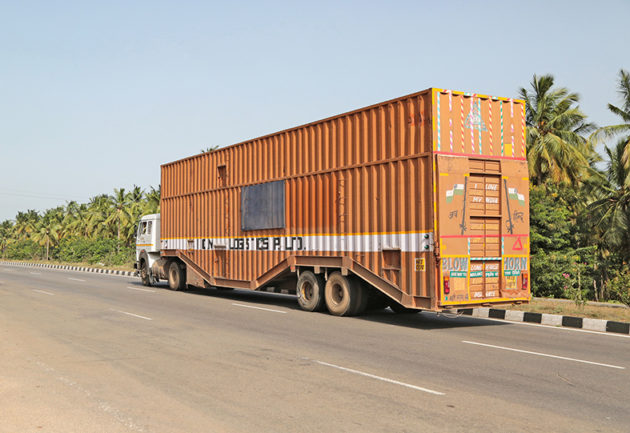#InTimesofCorona – the Prologue
The pandemic may or may not stay long, but its impact on lives and businesses is far-reaching and is still being assessed.

Just over a month ago, in the mid of March, I was scrupulously penning this column on industry’s much-awaited transition to BS-VI emission norms from the first of April, calling it as a harbinger of technological change and a sign of industry’s determination to take our country forward into the 2020s. Although I have written a lot on its significance and technicalities on various occasions since the past couple of years, I thought what else can be more befitting a story at this shining moment of pride for the industry. Little did I know that the clouds of COVID-19 were swirling over the horizon. In just a few days, an imminent peril out of a pandemic – something that was ‘foreign’ to us until that moment – was at our doorstep, all set to storm our lives out.
And now, seven weeks on, everything seems different. From economic activities in our country – and perhaps, most of the world – to our personal lives, everything has come to a complete standstill or seriously disrupted, to the extent that there seems no immediate and easy comeback. The on-going lockdown in the country to curb the spread of the virus is seriously turning into an economic and humanitarian crisis, with a threat to reverse the progress of our country on critical socio-economic indicators. Industries across the spectrum are predicting tough times, with MSMEs – the bulwarks of the Indian economy – being the worst hit. On the other hand, people are willing to risk their own lives with the virus instead of risking their jobs and livelihood getting lost in the ‘silent’ mayhem.
The entire landscape of our automotive manufacturing, passenger transportation, and road logistics sector stands severely disrupted to an unprecedented extent. I wonder, we have been using term ‘disruption’ in a loose sense for anything and everything, and now, time is showing us the veracity of the term. Much to our dismay, the auto industry registered zero vehicle sales and complete shutdown of operations in April, to unfold as the most infamous month ever in its history. A slew of complications such as disrupted supply chain from China, subdued demand across the value chain, tighter liquidity, and above all, the risks of employees contracting the virus at the shop floor makes automakers and supplier companies wary of resuming operations despite some relaxations of the lockdown from the first week of May.
With industries and consumer chains shut, the trucking industry is left with no blood and life to keep the wheels running. Those hauliers entrusted with the delivery of essential food and medical supplies are going above and beyond to reach those most in need, with drivers put at the frontline of the virus outbreak – just as health care workers and members of other essential services at the helm of the fight against the coronavirus. With curfew still on, seamless movement of goods is not easy, despite all government assurances, thanks to the shortage of drivers, harassment by local police and revenue officials, closure of traditional support systems like road-side dhabas and service shops, exorbitant tolls and fuel prices even at the time of a pandemic, and so on.
In the coming days with the easing e-commerce and other services, the pressure on the truckers is expected to intensify. The demand for home deliveries will spike with people continuing to stay indoors. However, lack of proper consumer demand and restrictive production, a majority of trucking fleets are likely to remain idle for some time now. The bus transportation is no exception for this gloomy scenario. In all, the age-old structural insecurities and governments’ apathy to the plight of the working class are taking a heavy toll on our society’s fight against the pandemic. No doubt, the auto industry and transport sectors have risen to the challenge with widespread support and cross-collaboration. But we have a long way to go. The pandemic may or may not stay long, but its impact on lives and businesses is far-reaching and is still being assessed. Is this going to be the ‘new normal’?